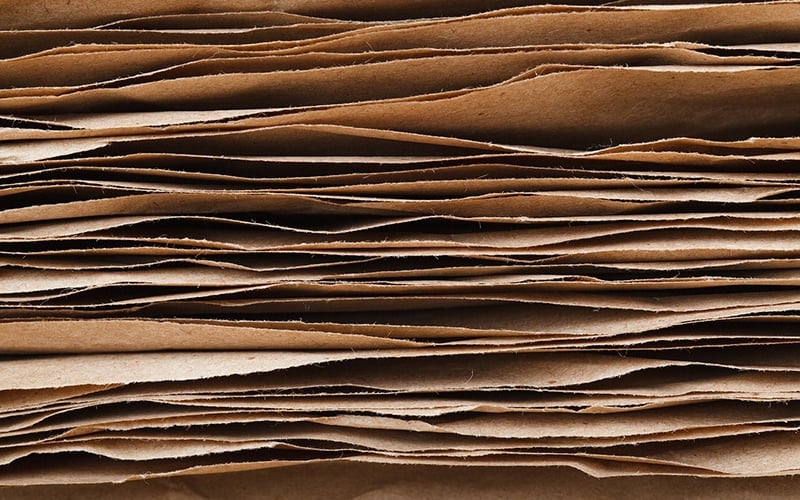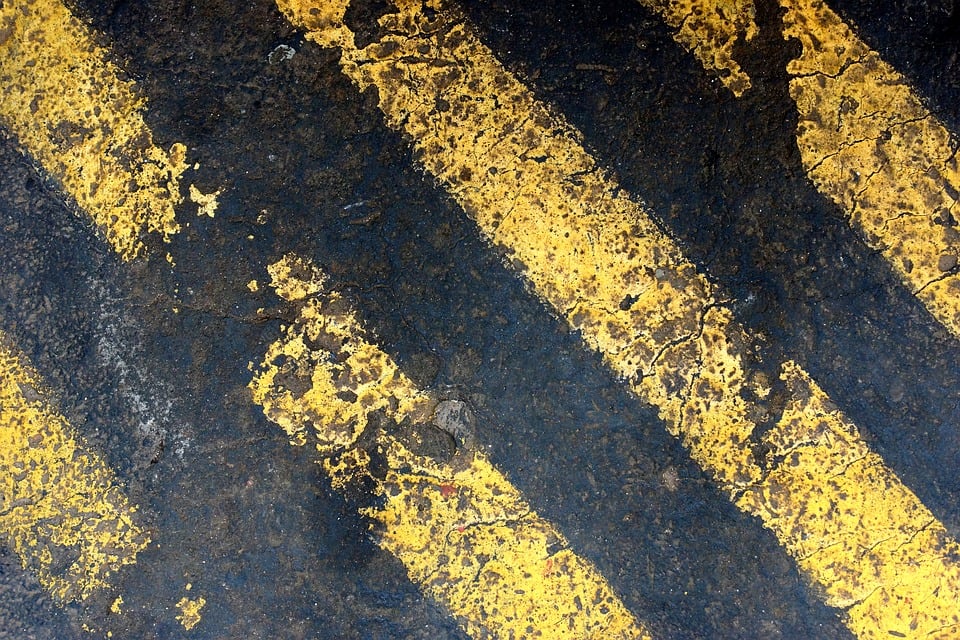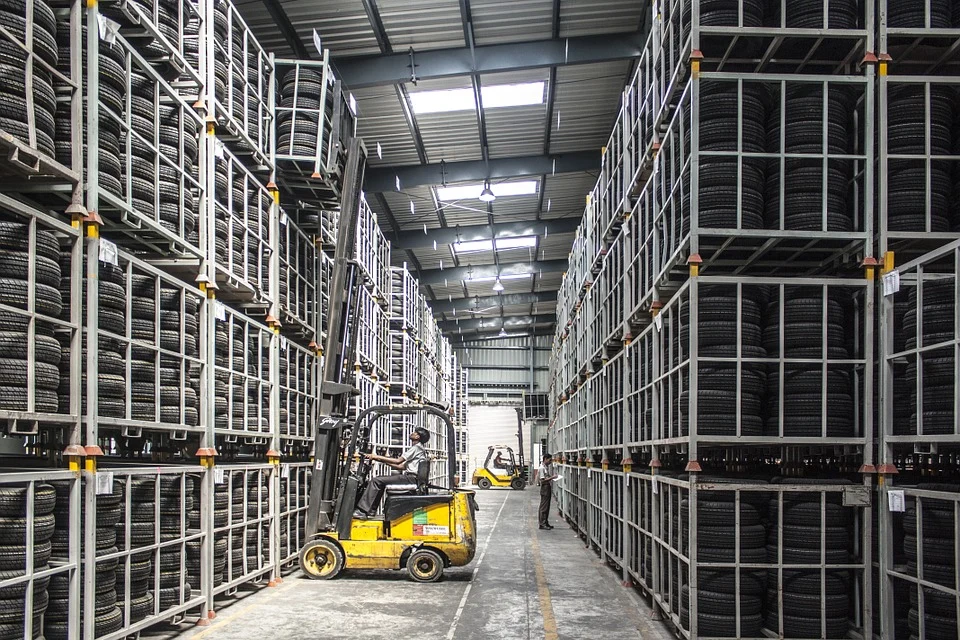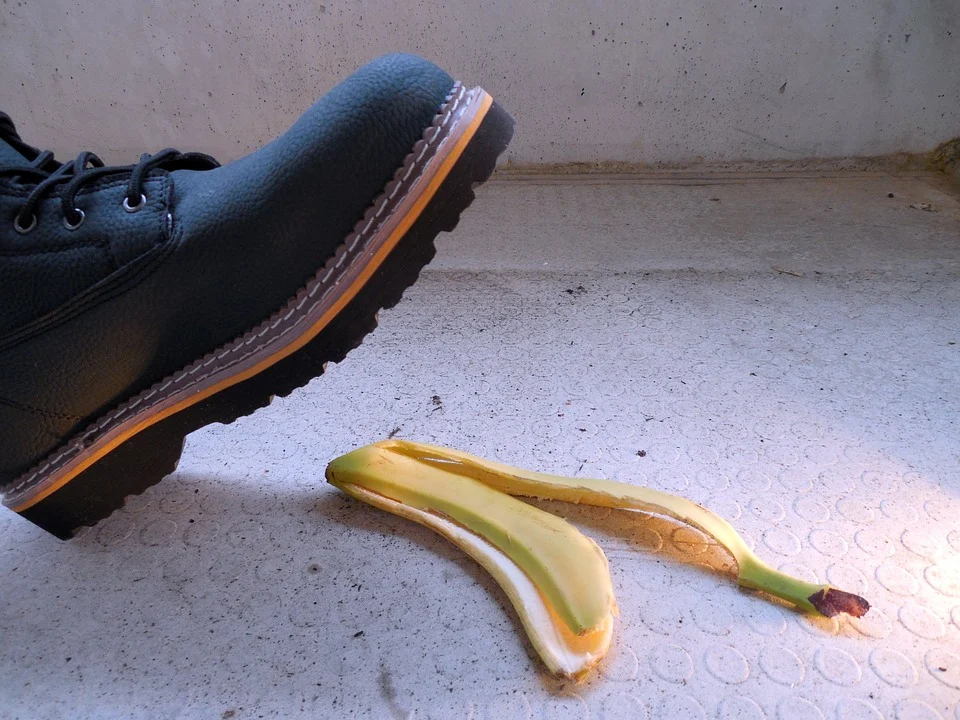During the middle of last year and following the closure of ILC/ Jacques Products, Formulated Polymer Products acquired two new employees from ILC/Jacques Products. Since then we have been integrating Darren and Steve into the team here in Ramsbottom. They have been tasked with helping FPP diversify and expand our product range. Here is a synopsis of both, and the extended new product list:
The Formulated Polymers Blog
Latex is a generic term for a dispersion/emulsion of a polymer in water. A wide range of polymers are available as latices. Latex can be combined with other chemicals e.g. flame retardants. The properties of latex make it a versatile raw material for multiple processes in different areas. It’s important to be well versed in the numerous benefits and applications of all the different types of latex that are available nowadays so that you can use this unique material more effectively.
Topics: Liquid Latex, Rubber Latex
Latex is a commonly used term for a dispersion/emulsion of a polymer in water. A wide range of polymers are available as latices. Latex can be combined with other chemicals e.g. flame retardants. The properties of latex make it a versatile raw material for multiple processes in a wide range of applications. It’s important to be well versed in the numerous benefits and applications of all the different types of latex that are available nowadays so that you can use these unique materials more effectively.
Topics: Liquid Latex, Rubber Latex
Latex is a term commonly used to describe a dispersion or emulsion of a polymer in water. A latex compound is a mixture of a latex polymer or blend of polymers with other chemical ingredients. The latex polymer acts as a binder for these ingredients.
Topics: Liquid Latex, Rubber Latex
In theory off the shelf latex compounds are great. Order your compound and it turns up and off you go. If only. The reality is that our customers inevitably have their own specific performance requirements be it for their product or for their processing plant. They also must deal with variations in the properties of the other components they use, for example, textiles which vary in composition, quality, and weight.
Topics: News
Introduction
ML 354 thickener is an anionic, aqueous sodium polyacrylate solution specifically formulated for use as a thickener/rheology modifier in a wide range of polymer dispersions and latex compounds. ML 354 is supplied as an easy to handle free flowing liquid.
Topics: Adhesives
Everything You Need to Know About FP2177 Non-Slip Coatings
Slipping is the second leading cause of on-the-job fatalities. Anti-slip coatings (e.g. in painted warehouse markings) can keep your workplace safe, but they’re more versatile than you might think. They can also keep your manufacturing production line reliable, your food trays spill resistant, and your tiles less prone to breaking. They can even prevent dry agents from sticking together.
Topics: Anti-Slip Coating
The ability of non-slip coatings to provide extra grip for a range of surfaces have made it easier to transport a variety of different products. When a substrate is coated with a non-slip coating it generates higher friction. When an object is placed on top of such a surface, it has fewer chances of slipping and falling, thus maintaining its integrity.
Topics: Anti-Slip Coating
Logistics and warehousing businesses have been using grip sheets for many years. Their ability to keep products safe during palletised transportation and storage is hard to underestimate. Are grip sheets as effective as they appear? Let’s take a look.
Topics: Anti-Slip Coating
Non-slip coatings are becoming increasingly familiar. They are used everywhere from floors to packaging. However, it can be difficult to know exactly how much non-slip coating to use for different substrates and surfaces. Here’s a quick guide.
Topics: Anti-Slip Coating











